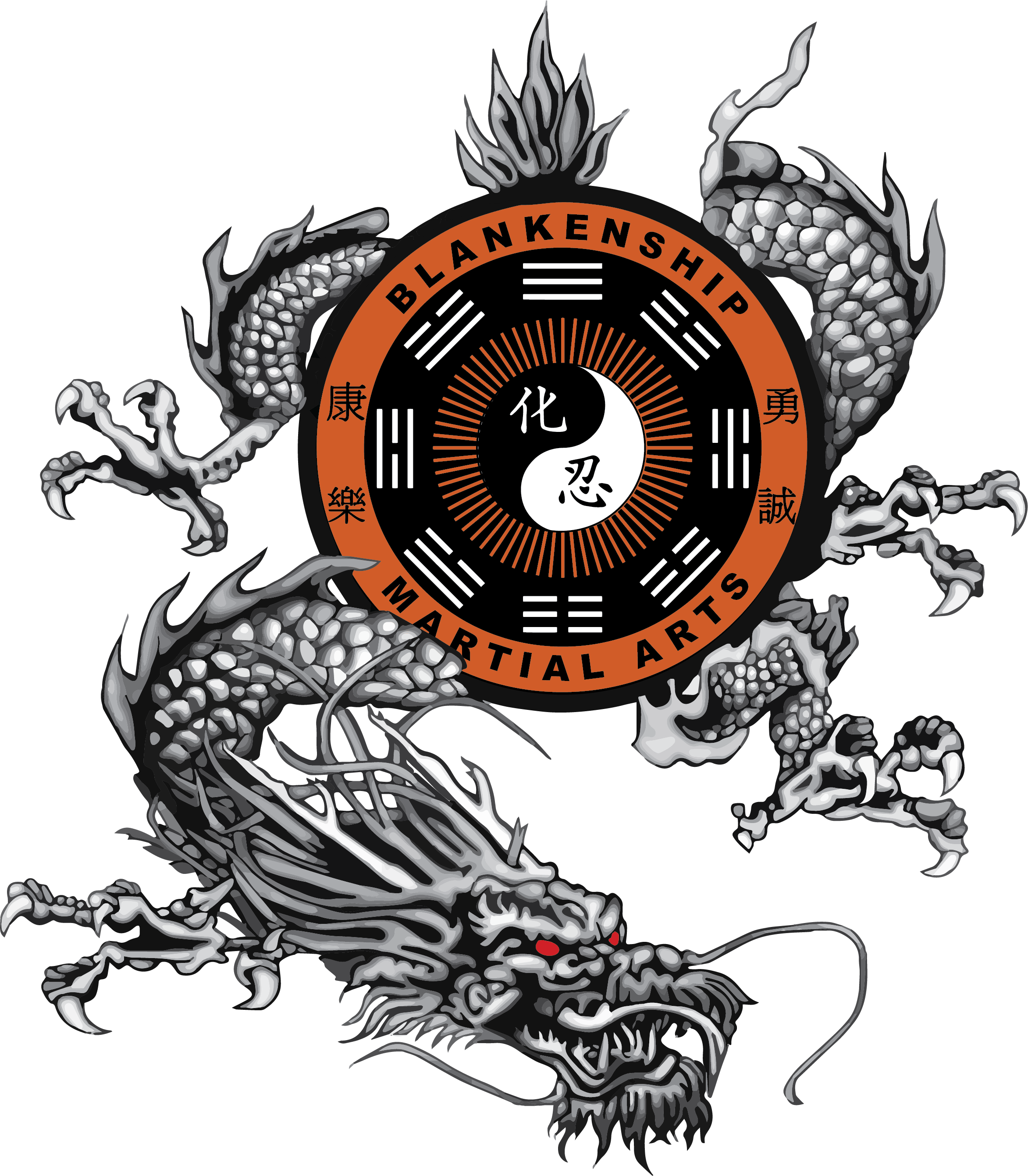Examination: 10th Gup
10th Gup Examination
White Belt |
Testing For Orange |
Instructions:The multiple choice/matching part of the test should be taken in the dojang.The short answer/essay questions may be completed outside of the dojang, and turned in with your answers to the essay questions posted on the door of the training area.
1) Who is the chief instructor of this martial arts school?
- Grandmaster Lan
- Master John Blankenship
- Master Mike Kotschenreuther
- Master Kim
- Grandmaster Kim Soo
2) What is/are the chief instructors rank(s)?
- 6th degree black belt Hapkido, 10th degree black belt Tae Kwon Do
- 6th degree black belt Cha-yon Ryu
- 10th degree black belt Cha-yon Ryu
- 10th degree black belt Hapkido, 6th degree black belt Tae Kwon Do
- 7th degree black belt Chu'an Fa
3) How should the chief instructor be addressed?
- Jyo Kyo Nim
- Kwan Jang Nim
- Do sa Nim
- Kyo Sa Nim
- Go Sa Nim
4) What should the junbee position look like?
- Feet together
- Feet shoulder width and parallel
- Fists at your abdomen
- a and c
- b and c
5) What is the Korean name of the third form learned as a white belt?
- palgue il jang
- kibon hyung sam chol
- jang bong hyung sa chol
- kibon hyung yi chol
- kibon hyung sa chol
6) What is the first thing you should do if you are attacked?
- block
- counter-attack
- avoid
- block and counter-attack
- kick
7) What is the target area of a center punch?
- kidney
- groin
- chin or nasal septum
- solar plexus
- neck
8) What is the striking area of a center punch?
- finger tips
- back of palm
- ridge of the fist
- first 2 knuckles of the fist
- heel of the palm
9) What is the target area of an upper punch?
- kidney
- groin
- chin or nasal septum
- solar plexus
- spine
10) What is the striking area of an upper punch?
- finger tips
- solar plexus
- ridge of the fist
- first 2 knuckles of the fist
- heel of the palm
11) What is the striking area of a son nal o po chiruki?
- knife edge of the hand
- ridge of the hand
- back of the fist
- first 2 knuckles of the fist
- tips of the fingers
12)What is the striking area of a yop chaki?
- tips of the toes
- top of the foot
- knife edge of the foot
- heel
- instep
13) Matching
| a) one | 1) doul |
| b) two | 2) yosut |
| c) three | 2) dasut |
| d) four | 4) ahop |
| e) five | 5) yool |
| f) six | 6) hana |
| g) seven | 7) set |
| h) eight | 8) ilkop |
| i) nine | 9) net |
| j) ten | 10) yodoul |
14) Vocabulary
| a) gomon | 1) striking |
| b) chun kool sae | 2) side kick |
| c) chiruki | 3) attention |
| d) ha dan maki | 4) rest |
| e) yop chaki | 5) rising block |
| f) kima sae | 6) climbing stance |
| g) ap chaki | 7) on guard |
| h) kung yae | 8) down block |
| i) chung dan maki | 9) ready |
| j) il bo yok sok dae ryun | 10) bow |
| k) charyut | 11) shout |
| l) junbee | 12) center block |
| m) shee jak | 13) one step sparing |
| n) son nal o po chiruki | 14) training hall oath |
| o) shee yo | 15) begin |
| p) kihop | 16) front kick |
| q) sang dan maki | 17) self defense |
| r) dojang hun | 18) outside knife-hand strike |
| s) ho sin sool | 19) back stance |
| t) hoo kool sae | 20) horse-riding stance |
Short answer:
15) What is the proper attitude of a senior student toward a junior, and what is the proper attitude of a junior student toward a senior?
16) What are the first five things to do when arriving at the school (after removing shoes)?
17) What are your expectations of the color belt class?
